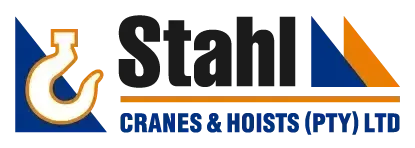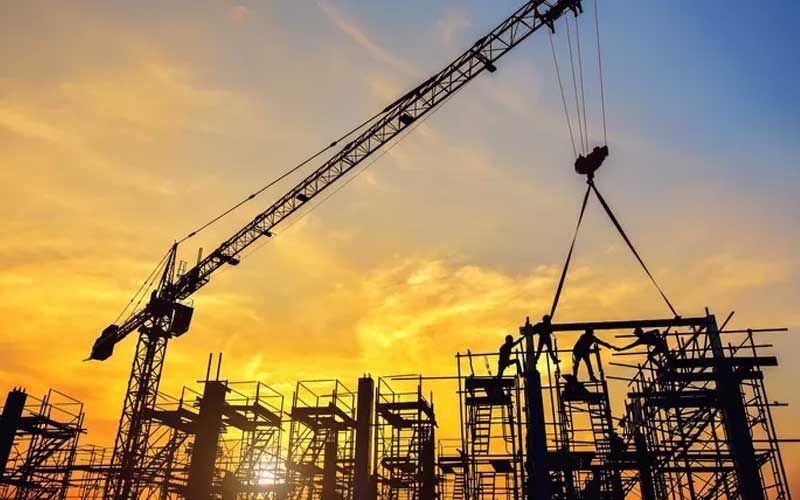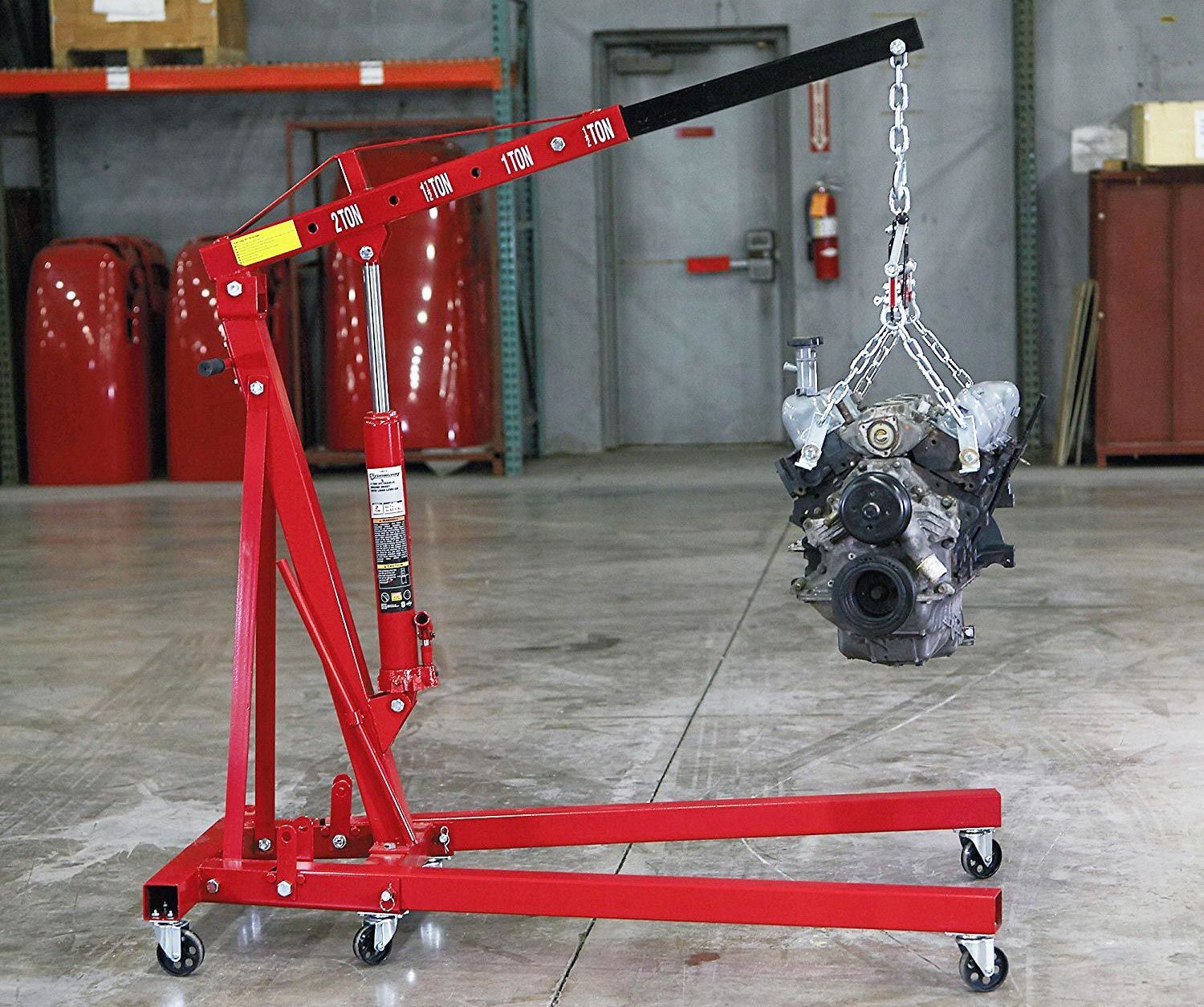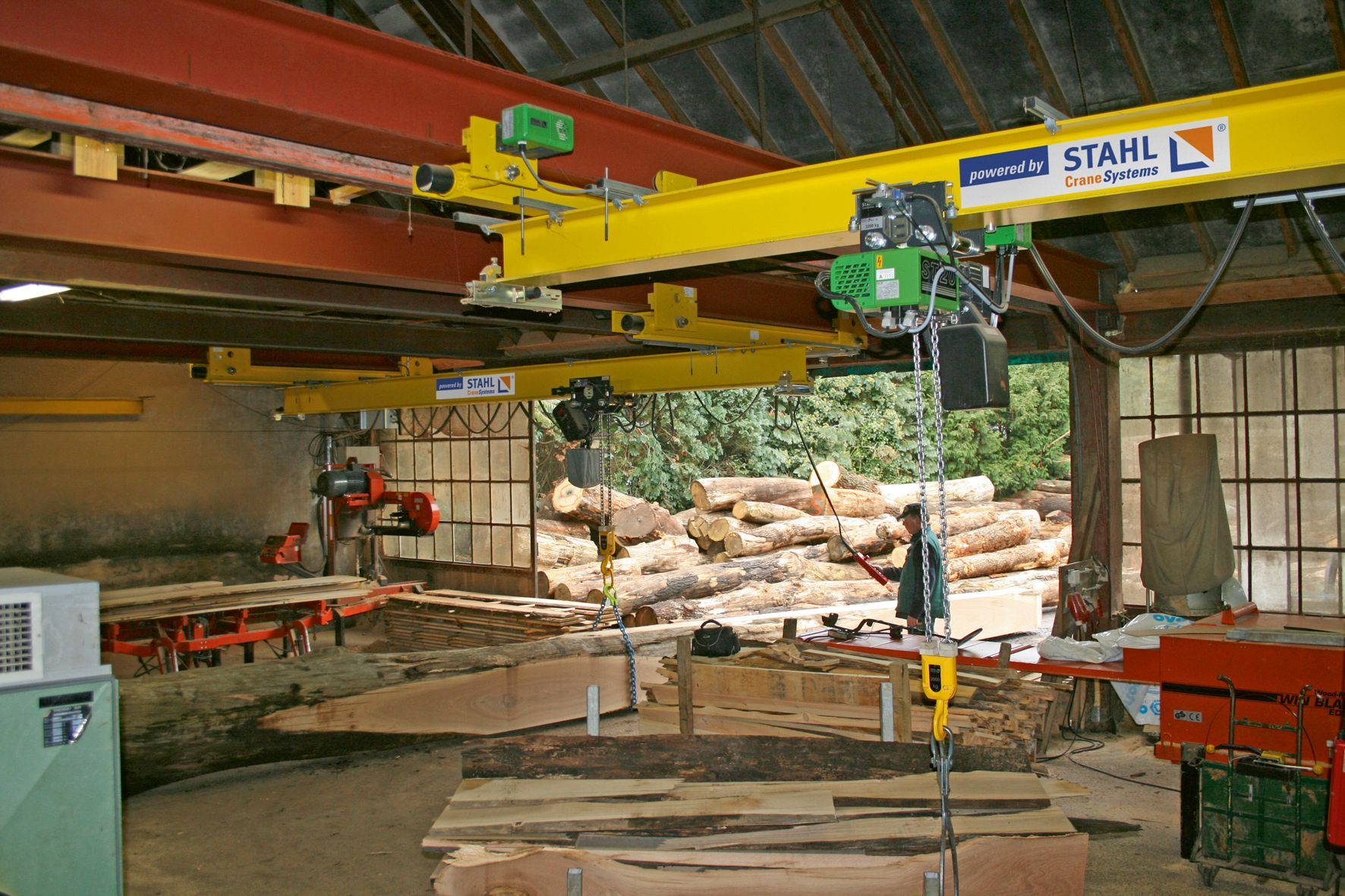Crane Hire Safety Tips
Safety first At Stahl Cranes with these crane hire safety tips.
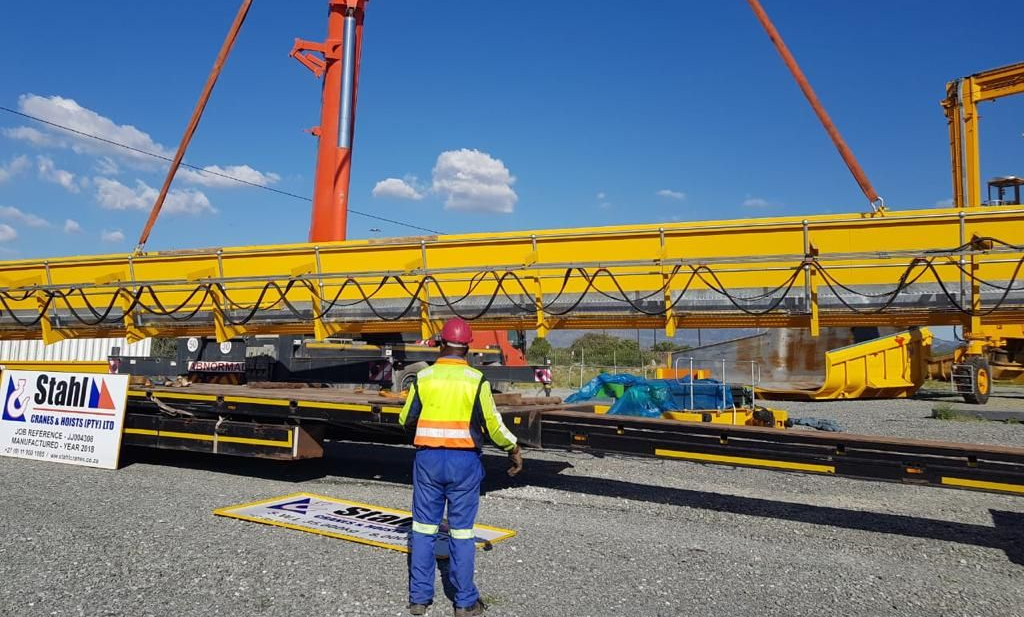
Crane hire solution experts
Not only does Stahl Cranes and Hoists offer you turnkey solution. For the supply and servicing of all material handling equipment. We also care greatly about your safety when using this equipment. Today’s tips are specific to cranes and crane hire.
1. Stay in touch.
Whether you use walkie-talkies, air horns, or hand signals. There needs to be clear communication between the operator and the other workers. That’s especially critical when a crane is making a lift in which the operator cannot see the load. Such as when air handling equipment is being delivered through an opening on another side of a structure. Don’t assume that everyone knows how instructions will be communicated. Make sure that everyone on the site knows exactly what each signal means.
2. Pay attention.
We’ve seen plenty of sites on which operators are talking on cell phones while moving the crane, napping between lifts, or distracted in other ways that have the potential to create dangers for their fellow workers. Everyone associated with a crane needs to stay alert and focused on the job at hand – especially on critical or difficult lifts.
3. Avoid man-baskets.
Sometimes it looks like the easiest way to put employees where they’re needed is to lift a man-basket to the work area. However, that approach creates hazards that must be tested and addressed before work begins. Such as providing proper fall protection, verifying basket capacity, and checking that the basket is properly attached.
In addition, the safety of the employees in the basket is entirely dependent on the skill of the operator, and a simple mistake could have tragic consequences. Before using a man-basket, consider whether an articulating boom lift or a scissor lift might provide a safer alternative.
4. Don’t use cranes for storage.
In areas where site security is a concern, it’s not unusual to see labourers end the workday by attaching a compressor or similar piece of equipment to the crane and suspending it for safekeeping. It’s a common practice, but one that’s very risky. In addition to the danger that someone could walk beneath it, a strong wind could cause the load to sway – perhaps to the point of toppling the crane. But an even better reason not to do this is that most of today’s newer cranes are hydraulically-operated. A small leak anywhere in the system will eventually reduce the hydraulic pressure to the point where the boom will drop. The suspended load will fall on whatever is below it – which might even be a more expensive piece of equipment.
5. Start with a plan.
Each lift is different from another, and it’s important to review load weight capacities, the integrity of the equipment, the possible effect of wind, and other factors. The operator, riggers, and other workers involved with the lift should be part of that planning process.
The age-old adage that “failing to plan is planning to fail” has become a cliché for the very reason that it is such an integral part of every situation that planning should be first and foremost in every circumstance.
Follow Stahl cranes for more valuable crane hire knowledge and safety tips.

